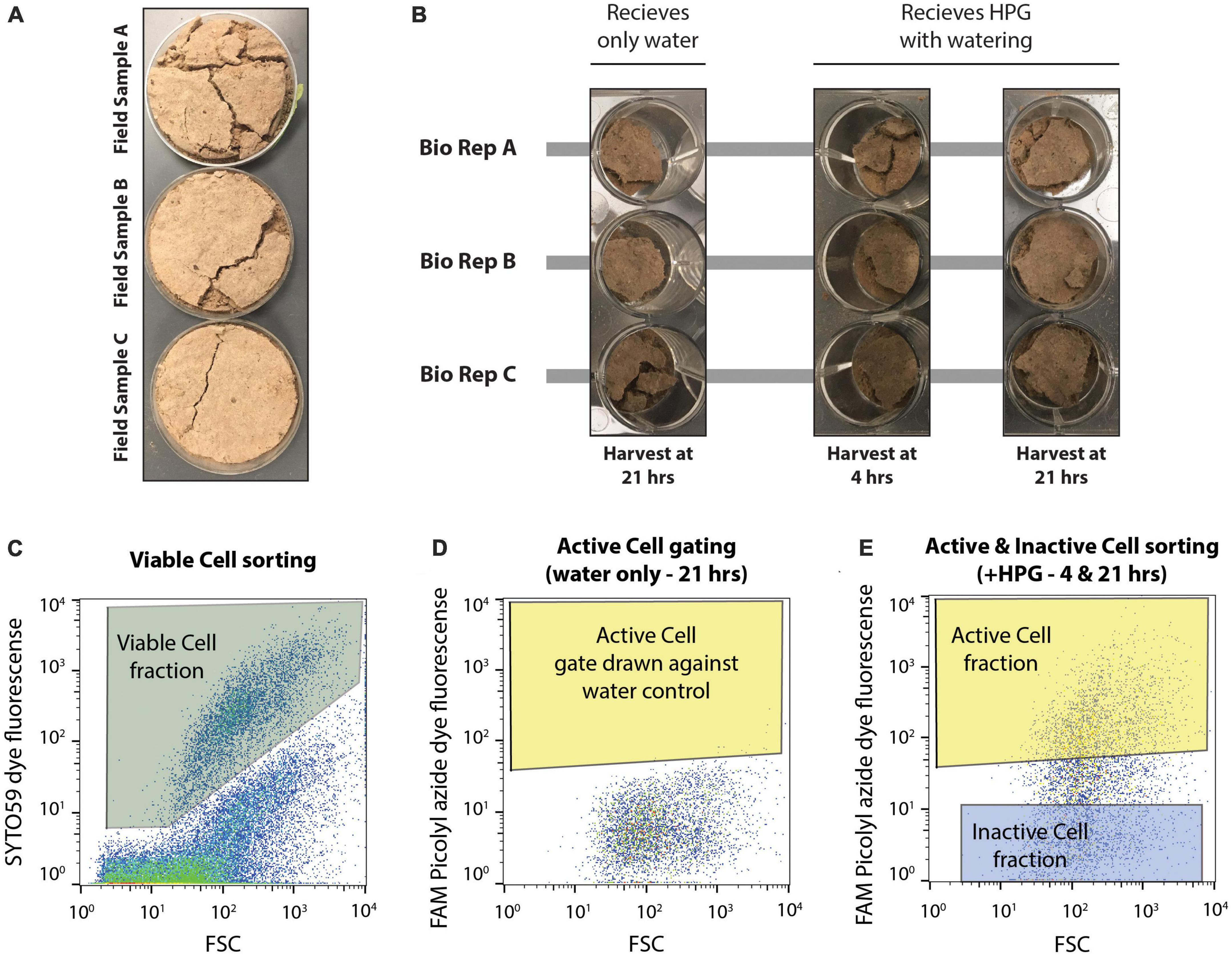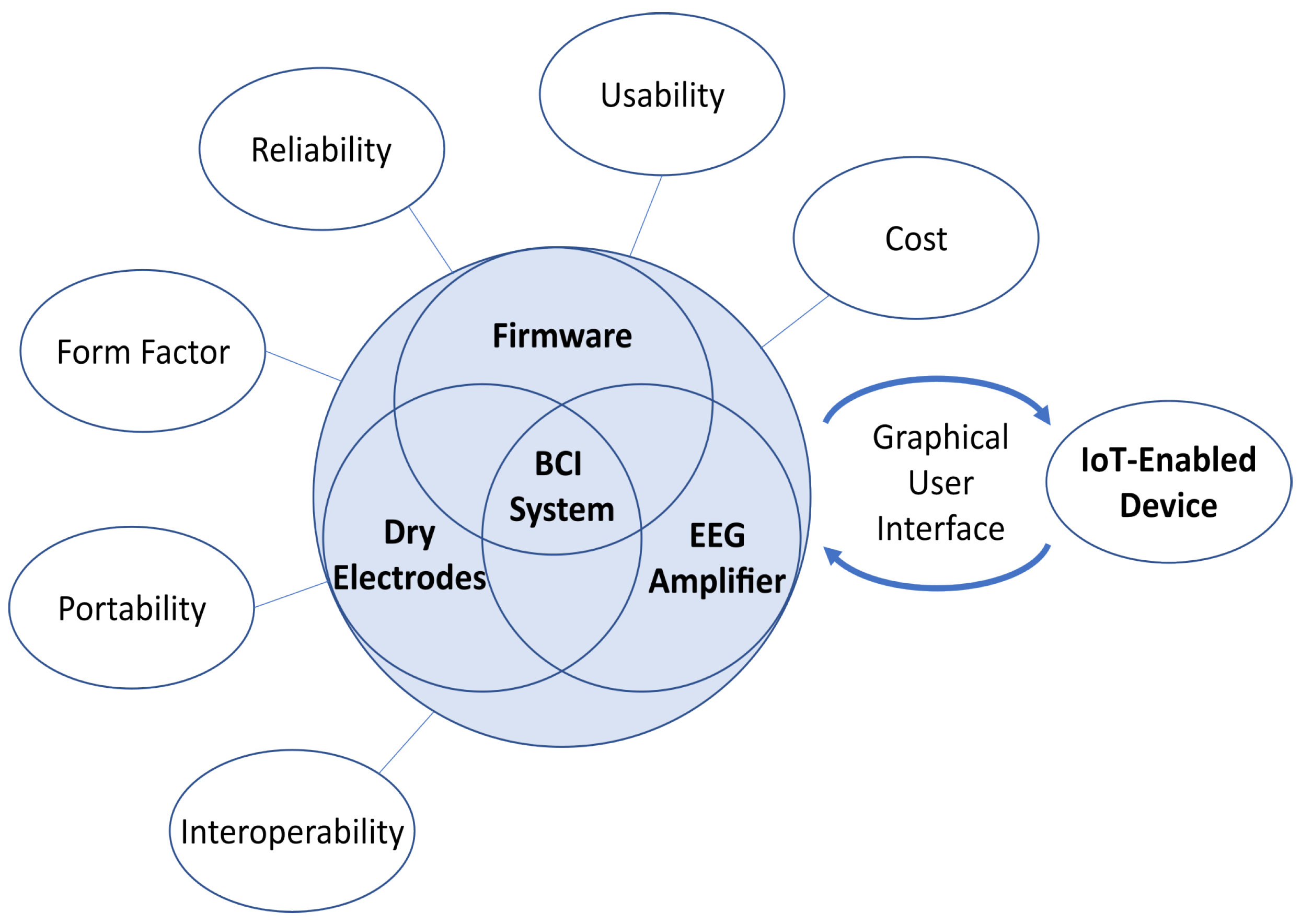2023-08-03 ペンシルベニア州立大学(PennState)
◆このバイオクラストは地球の約12%の地表を覆っており、気候変動により減少する可能性があります。土壌を固定し風塵を減少させる重要な機能を果たすことから、その保護と維持が重要視されています。
<関連情報>
- https://www.psu.edu/news/research/story/microbe-stuffed-soil-crusts-menaced-climate-change/
- https://www.frontiersin.org/articles/10.3389/fmicb.2023.1176751/full
BONCAT-FACS-Seqにより、湿潤化したバイオクラスト群集の活性分画が明らかになった
BONCAT-FACS-Seq reveals the active fraction of a biocrust community undergoing a wet-up event
Ryan V. Trexler,Marc W. Van Goethem,Danielle Goudeau,Nandita Nath,Rex R. Malmstrom,Trent R. Northen,Estelle Couradeau
Frontiers of Microbiology Published:26 June 2023
DOI:https://doi.org/10.3389/fmicb.2023.1176751

Determining which microorganisms are active within soil communities remains a major technical endeavor in microbial ecology research. One promising method to accomplish this is coupling bioorthogonal non-canonical amino acid tagging (BONCAT) with fluorescence activated cell sorting (FACS) which sorts cells based on whether or not they are producing new proteins. Combined with shotgun metagenomic sequencing (Seq), we apply this method to profile the diversity and potential functional capabilities of both active and inactive microorganisms in a biocrust community after being resuscitated by a simulated rain event. We find that BONCAT-FACS-Seq is capable of discerning the pools of active and inactive microorganisms, especially within hours of applying the BONCAT probe. The active and inactive components of the biocrust community differed in species richness and composition at both 4 and 21 h after the wetting event. The active fraction of the biocrust community is marked by taxa commonly observed in other biocrust communities, many of which play important roles in species interactions and nutrient transformations. Among these, 11 families within the Firmicutes are enriched in the active fraction, supporting previous reports indicating that the Firmicutes are key early responders to biocrust wetting. We highlight the apparent inactivity of many Actinobacteria and Proteobacteria through 21 h after wetting, and note that members of the Chitinophagaceae, enriched in the active fraction, may play important ecological roles following wetting. Based on the enrichment of COGs in the active fraction, predation by phage and other bacterial members, as well as scavenging and recycling of labile nutrients, appear to be important ecological processes soon after wetting. To our knowledge, this is the first time BONCAT-FACS-Seq has been applied to biocrust samples, and therefore we discuss the potential advantages and shortcomings of coupling metagenomics to BONCAT to intact soil communities such as biocrust. In all, by pairing BONCAT-FACS and metagenomics, we are capable of highlighting the taxa and potential functions that typifies the microbes actively responding to a rain event.


